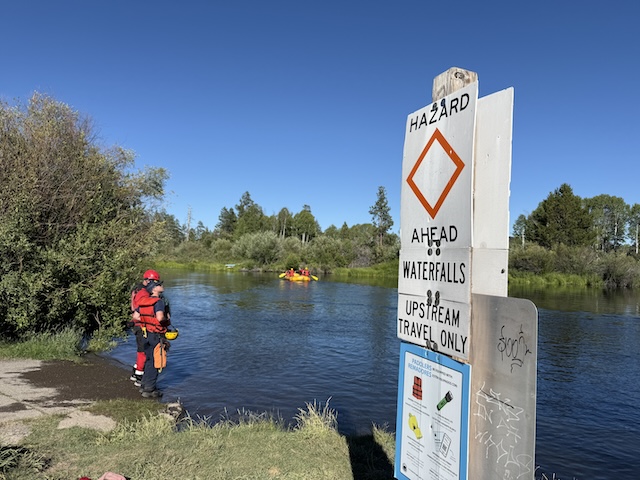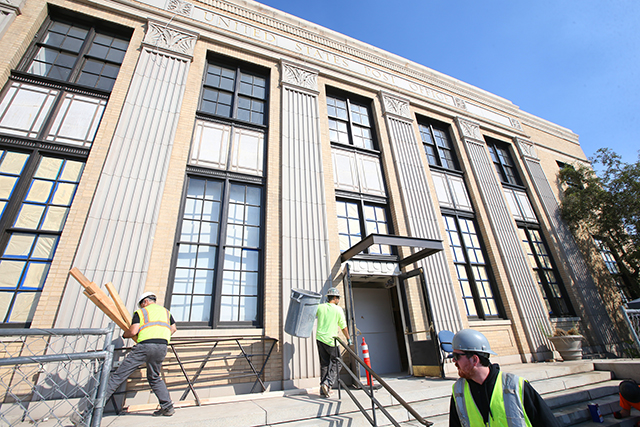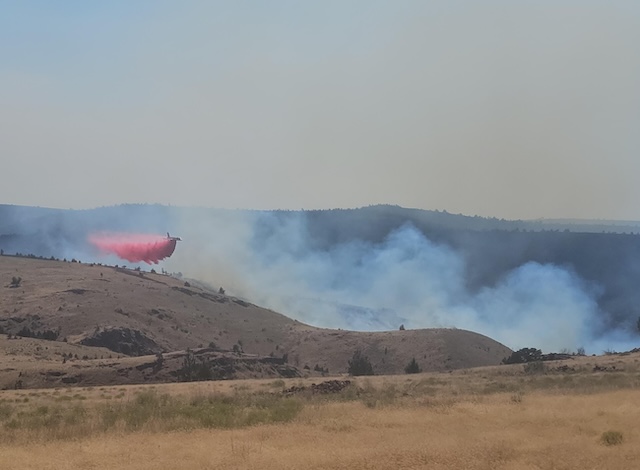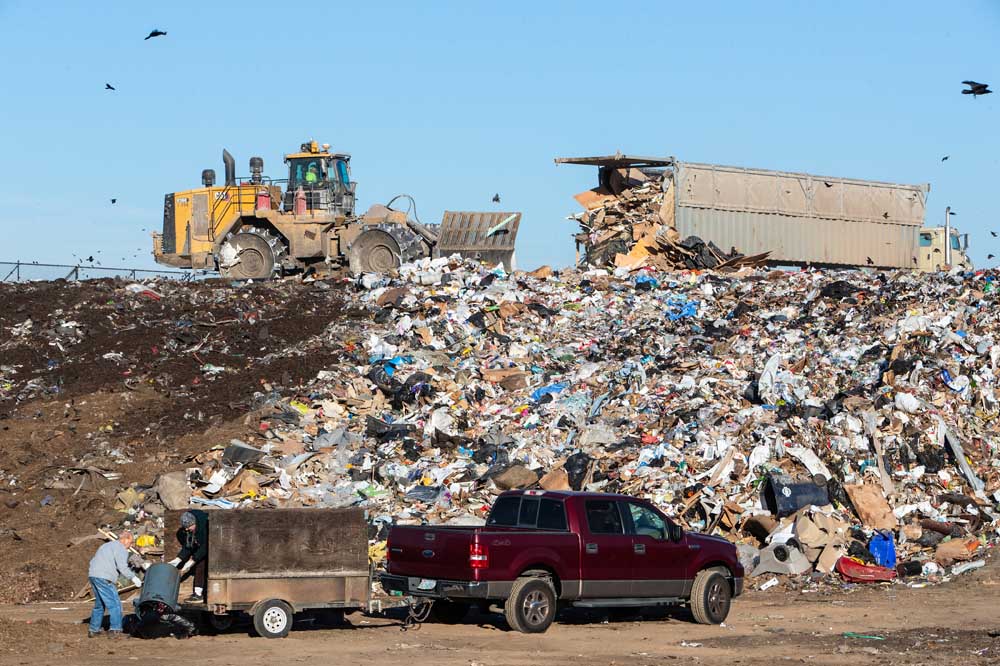Restoring the muscle car that helped kill muscle cars
Published 5:00 am Saturday, August 1, 2009
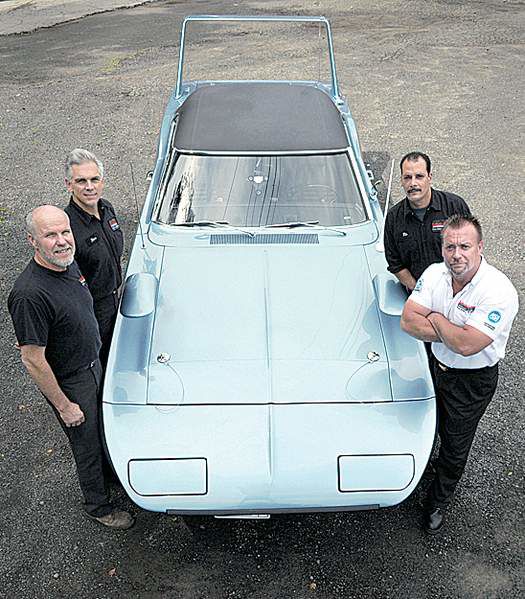
- Brian Chaffee, bottom right, and his crew at E-Muscle restored the 1970 Superbird.
Its a Bird that chased planes: a government-contracted, NASCAR-legend-built, ice-blue freak the muscle car that helped kill muscle cars.
The 1970 Plymouth Superbird in Brian Chaffees Middlefield, Conn., shop emerged recently from three years of detective work and restoration. It was posted for sale via auction last week. The materials, labor and most of all, Chaffee says the cars place in American history set the starting bid at $3 million.
Trending
Theres nothing about this car that isnt magical, he said.
A torqued-up man with spiky hair and a bouncers build, Chaffee is a car guys car guy. He admits choking up when he had to hand over the keys to a 1967 Pontiac GTO he restored years ago.
His shop is full of four-barreled, fat-tired road studs and a crew of mechanics and body men who know every grease zerk and bolt hole in the Chevelles, Chargers, 442s and other elegant brutes from the Detroit power play that peaked in the 1960s and early 70s.
So when Chaffee uses words such as magical to describe the 70 Superbird, his passion appears genuine. Even though its not his car (hes selling it for an owner he wont identify), Chaffee has invested a good part of his car-loving soul in this machine.
After putting the Bird up for sale last week, Chaffee and a worker in his E-Muscle shop pulled back the clear, plastic sheet draping the shark-nosed car and its 2-foot-high rear wing. Chaffee opened the trunk, hood and both doors and told the story of returning the car to its 1972 state and its singular mission for the nascent U.S. Environmental Protection Agency.
Plymouth designed the Superbird, a modified Road Runner, for closed-track racing; only 1,920 were sold in street-legal form. An Indiana man bought this particular car in 1970 for $4,491 and sold it less than two years later with only about 1,300 miles on the odometer. It wasnt a car for easy cruising.
Trending
When you took it out on the highway, it was dangerous, former owner Richard Kaminsky said, because everyone was pulling up next to you, wanting to find out what it was.
Ray Nichels didnt care about gawkers when he bought the car for $1,000 more than Kaminsky paid the dealer. Nichels was already a NASCAR legend, having built cars for racing greats such as A.J. Foyt and Bobby Unser.
Nichels ran his own engineering company in Indiana and had won a government contract to gather samples of airborne pollutants from cars and jets. He would use the Superbird as a moving platform, outfitting the car with air monitors and a sample collector and modifying the Commando 440 engine so the Plymouth could sustain 100 mph for two hours and go from 0 to 100 mph in 15 seconds.
Results from the Superbird air sampling from May 1972 to October 1973, along with other EPA tests, brought the end of leaded fuel and led to the wholesale dampening of engine power in favor of pollution control.
By 1974, the classic, high-powered muscle car was history.
Chaffee went to North Carolina in 2006 to get the car for a client who had paid $125,000 for it. In 36 years, the odometer had ticked only about 10,000 miles.
The car appeared to have the standard 440-cubic-inch engine rated at 375 horsepower. It had been painted Alpine White over the Ice Blue Poly of its testing days and much of the EPA equipment had been stripped.
But modifications from the factory original were apparent. For starters, a metal plate affixed to the dashboard described the car as a Special Mobile Sampling Vehicle for the EPA, designed by Nichels Engineering Co.
Chaffee began tracking every piece of paper and every photograph of the car he could find. His goal was to return the Superbird to its precise appearance and equipage during the EPA testing runs in North Carolina. The work became even more important, he said, after he learned that the Superbird was one of only three surviving cars built by Nichels.
The work was finally finished this month, and he has posted the car for sale on his shops Web site, www.everything muscle.com, and plans to send out notices to big-time muscle car collectors and museums. If he could choose, Chaffee said, the car would be displayed publicly so people could linger over it and learn its history.


